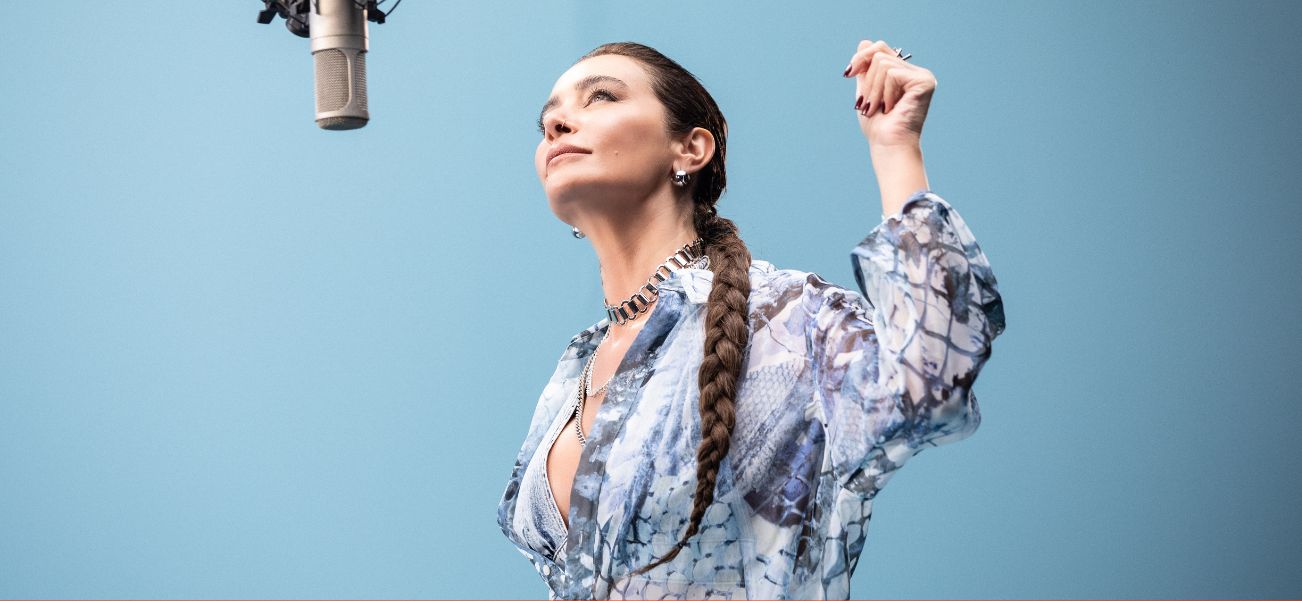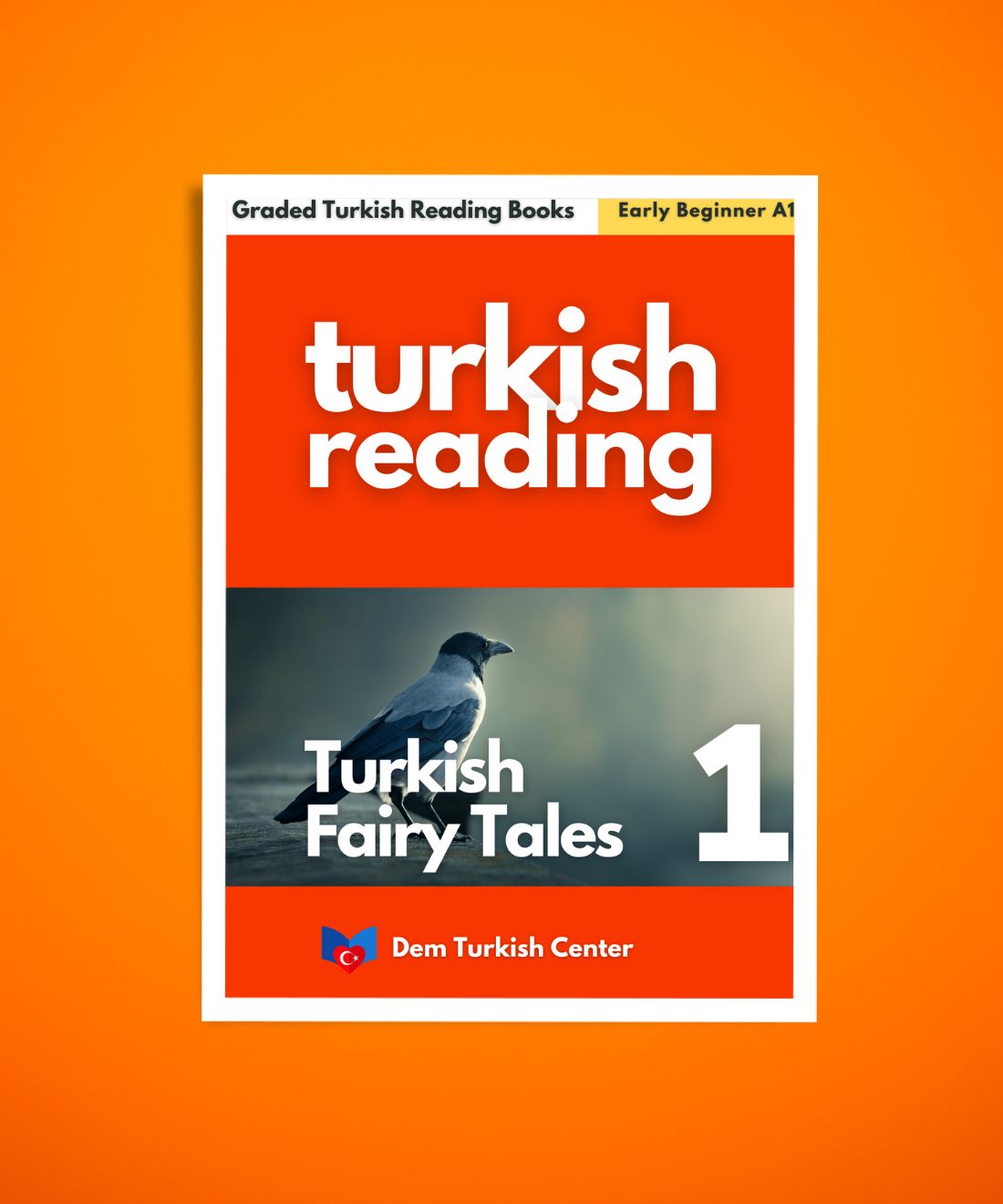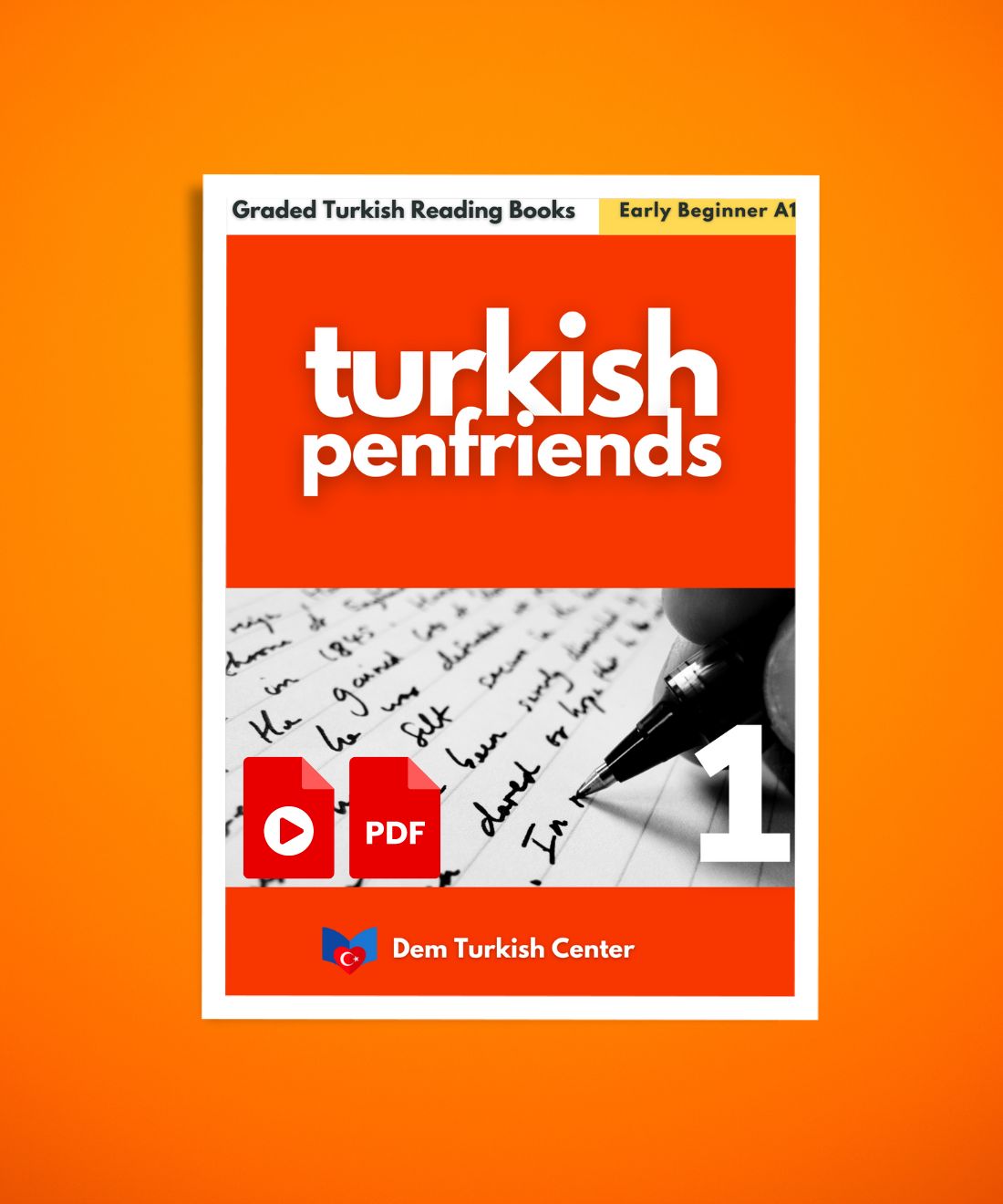
Ebru: The Turkish Art of Paper Marbling
In a world of digital perfection and relentless haste, there exists an art form where control is surrendered, and beauty is born from the harmonious dance of pigment and water. This is "Ebru", the ancient Turkish art of paper marbling. More than a mere decorative craft, Ebru is a meditation, a philosophical practice, and a living bridge to a rich cultural past. Known as the "art of the restless," it transforms a tray of viscous water into a fleeting, liquid canvas where colors swirl and bloom with a life of their own before being captured on paper.
Rooted in the spiritual soil of Sufism and refined in the workshops of the Ottoman Empire, Ebru is a testament to patience, humility, and the acceptance of destiny. Recognized by UNESCO in 2014 as an Intangible Cultural Heritage of Turkey, this captivating art has captured global imagination.
In this comprehensive guide, we will dive deep into the history, philosophy, techniques, and soul of Ebru, exploring why this centuries-old practice remains profoundly relevant in our modern world.
EBRU: THE TIMELESS TURKISH ART OF PAINTING ON WATER
Learn more about "Ebru" from the videos in this video playlist:
10 Famous Turkish Artists and Their Works That Inspired the World
1. What Is Ebru? Understanding Turkish Paper Marbling

Literally meaning "cloudy" or "clouded" in Persian, Ebru is the traditional Turkish method of aqueous surface design, more commonly known as paper marbling. At its core, Ebru is the process of creating intricate, colorful patterns by sprinkling and brushing pigments onto a tray of water treated with a thickening agent, then carefully transferring that design onto paper.
While marbling exists in other cultures—from Japanese "suminagashi" to European book marbling—Turkish Ebru distinguishes itself through its distinctive materials, techniques, and philosophical underpinnings. The key differentiator is the conscious, active role of the artist in shaping the pigments "on the water's surface" before transfer. Unlike some Western techniques that rely more on random dispersion, the Ebru artist uses tools like combs, awls, and brushes to guide the floating colors into deliberate, often highly complex patterns, from delicate florals to mesmerizing geometries.
The foundation of Ebru is the concept of "controlled chance." The artist prepares the medium and sets the colors in motion, but the water, the viscosity, and the natural behavior of the pigments all contribute to the final outcome. This collaboration between human intention and the fluid nature of the elements is where the magic—and the metaphor—of Ebru truly lies. The water is not just a tool; it is a living, responsive canvas that reflects the artist's inner state, making each piece a unique and unrepeatable work of art.
2. The Origins and History of Ebru Art

Central Asian Roots
The precise origins of Ebru are veiled in time, but most scholars trace its lineage back to Central Asia. Early Turkic nomadic peoples are believed to have practiced simple forms of marbling, possibly using materials at hand to decorate paper and textiles. The technique traveled westward along the Silk Road, evolving as it absorbed influences from different cultures. The Persian term "Ebrî" (cloudy) points to an early association with cloud-like patterns, a style that remains fundamental to the art form today.
Ebru in the Ottoman Empire
Ebru found its artistic zenith after arriving in Anatolia and the heart of the Ottoman Empire, Istanbul. By the 15th century, it was a well-established art, deeply integrated into the book arts. Ebru paper was primarily used as a decorative background for imperial edicts (fermans), religious texts, and the magnificent art of calligraphy (Hat sanatı). The swirling, non-repetitive patterns of Ebru provided a perfect, secure backdrop for important documents, as any attempt to forge or alter the text would disturb the marbling.
The Ottoman court and scholarly class became great patrons of Ebru. Specialized workshops operated around the Beyazıt and Süleymaniye districts of Istanbul, with masters guarding their secret recipes for size and pigments. It was more than decoration; it was a revered craft that required both technical skill and spiritual discipline.
Ebru and Islamic Art
Ebru flourished within the framework of Islamic art, which often emphasizes geometric patterns, arabesques, and abstraction over figurative representation. This aligned perfectly with Ebru's natural tendencies. The art form became a close companion to calligraphy, the "art of the line," with Ebru serving as the "art of the color and cloud." The abstract, infinite patterns reflected Islamic spiritual concepts of the boundless divine creation. The avoidance of direct figuration allowed the patterns to evoke nature—skies, flowers, landscapes—in a symbolic, rather than imitative, way, encouraging contemplation.
3. Philosophy and Spiritual Meaning of Ebru

To practice Ebru is to engage in a philosophical exercise. Its deepest roots are intertwined with Sufism, the mystical dimension of Islam, which emphasizes inner purification, surrender to the divine will, and the recognition of the ephemeral nature of the world.
The central metaphor is profound: water represents destiny or the divine plan. The artist prepares the water (their life's foundation) and chooses their colors (their actions and intentions), but once the paint touches the surface, they cannot fully control its flow. The artist becomes a guide, using tools to suggest shapes and directions, but must ultimately work "with" the medium, not against it. This requires a surrender of ego, an acceptance of the unexpected, and the humility to find beauty in the result, whatever it may be.
The process cultivates patience, focus, and inner balance. A restless spirit will produce agitated, muddy patterns. Only with a calm heart and a steady hand can clear, vibrant designs emerge. For this reason, Ebru has historically been used as a form of meditation and spiritual preparation, especially among calligraphers who would marble their own paper to center their minds before picking up the reed pen to write the sacred words. It teaches that true creation is a partnership between effort and surrender, intention and flow.
4. Materials and Tools Used in Ebru Art

The traditional practice of Ebru relies on a specific set of natural materials, each chosen for its unique properties and symbolic resonance.
The Ebru Tray (Tekne)
The tekne is a shallow, rectangular tray, traditionally made of brass or wood, and now often from stainless steel. Its size can vary, but its depth is crucial—just deep enough to hold the thickened water, allowing the pigments to float freely on the surface without sinking.
Water Thickener (Kitre)
This is the secret alchemy of Ebru. Plain water is too thin to support the pigments. Instead, it is mixed with kitre, a natural gum extracted from the tragacanth plant. This creates a viscous, gelatinous solution that increases the water's surface tension, allowing the oil-based pigments to float and be manipulated for hours. The preparation of the kitre solution—its consistency and aging—is a hallmark of a master's skill.
Natural Pigments and Colors
Historically, Ebru artists used earth and mineral pigments—ochres, oxides, crushed lapis lazuli, and malachite—each ground painstakingly by hand with a mortar and pestle. These pigments are then mixed with ox gall, a surfactant that allows the color to spread in drops rather than blotches. The traditional palette carried symbolism: blues for infinity and spirituality, reds for life and passion, greens for nature and peace, yellows for light and wisdom, and black for the divine essence or the void.
Brushes and Combs
Ebru brushes are uniquely constructed. The handle is typically a dried rose stem, chosen for its straightness and lightness, with horsehair bristles tied to one end. These brushes are used to spatter or flick pigment onto the surface in fine droplets. For patterning, artists use awls and needles to draw delicate lines, and special combs of varying tooth widths to create rhythmic, wave-like patterns across the entire surface.
Paper Used in Ebru
The paper must be un-sized (without a coating) and absorbent to willingly drink the design from the water. Traditional handmade papers, often from the city of Samarkand, were prized. Today, high-quality, acid-free papers with a good "thirst" are used to ensure the vibrant transfer and longevity of the marbled image.
5. Traditional Ebru Techniques and Patterns

Over centuries, masters have developed a rich vocabulary of patterns, each with its own name and technique. Learning Ebru follows a strict progression through these styles.
Battal Ebru (Stone or Foundation Pattern)
The oldest and most basic form. Pigments are sprinkled randomly onto the size, with little to no manipulation. The result is a cloud-like, abstract pattern that serves as the foundational skill and is often used as a background for more complex styles.
Gel-Git Ebru (Back-and-Forth)
Literally "come-and-go," this pattern is created by drawing an awl back and forth in parallel lines across the battal foundation, creating a mesmerizing, wave-like effect that embodies movement and rhythm.
Şal Ebru (Scarf Pattern)
A graceful, flowing design that resembles the delicate patterns on a silk scarf. It is formed by drawing curved, interlocking lines with an awl, requiring a confident and fluid hand.
Taraklı Ebru (Combed Marbling)
After creating a gel-git pattern, a wide-toothed comb is dragged through the colors, creating precise, zigzagging lines of great symmetry and dynamism. This technique showcases the artist's control over the medium.
Hatip Ebru
A revolutionary style developed in the 18th century by Hatip Mehmed Efendi, an Islamic scholar and Ebru master from Istanbul. He pioneered the creation of concentric circles and floral shapes, moving Ebru from pure abstraction towards representational form. This style is considered a major milestone in the art's evolution.
Flowered Ebru (Çiçekli Ebru)
The pinnacle of technical mastery. Using awls and needles, the artist "draws" detailed, recognizable flowers like tulips, carnations, and roses directly on the water's surface. Each petal and leaf is shaped individually before the single, miraculous transfer to paper. The tulip, a deep symbol of the divine in Ottoman culture, is a particularly cherished motif.
6. The Ebru-Making Process Step by Step

Witnessing the Ebru process is to watch a small miracle unfold. Here is the traditional sequence:
- Preparing the Base The "tekne" is filled with water mixed with "kitre". The artist carefully skims the surface to remove any dust or bubbles, creating a pristine, viscous canvas.
- Preparing the Pigments Each color is mixed in its own cup with ox gall and water to achieve the perfect consistency—fluid enough to drop from the brush, but dense enough to float.
- Applying Colors Using the rose-stem brushes, the artist flicks or drops the pigments onto the prepared surface. Colors are applied in a specific order, from darkest to lightest, as lighter colors will push darker ones aside.
- Shaping the Patterns This is the act of creation. With combs, awls, and needles, the artist manipulates the floating colors. A single mistaken touch can ruin the design, so every movement is deliberate and calm.
- Transferring the Design A sheet of paper is gently laid flat onto the water's surface, starting from one edge to avoid trapping air. After a moment of contact, it is lifted, revealing the captured image in reverse. The water surface remains largely undisturbed, ready for another print (a "ghost" print).
- Drying and Preservation The marbled paper is hung to dry. Once dry, it can be pressed flat. Traditional Ebru works are often left unframed to feel the texture, or used as the ground for calligraphy.
7. Famous Ebru Masters and Modern Artists

Ebru’s lineage is preserved through the usta-çırak (master-apprentice) system, where knowledge is transmitted orally and through direct practice over years.
Historically, names like Şebek Mehmed Efendi (late 17th century) and the innovator Hatip Mehmed Efendi stand out. The great 20th-century master Necmeddin Okyay (1883-1976) is a monumental figure. A librarian, calligrapher, and "ışık" (master), he revived and systematized the art, famously perfecting the floral Ebru and teaching a generation of students who would carry the tradition forward, including his son Sacid Okyay and the renowned Mustafa Düzgünman.
Today, the tradition is vibrantly alive. Contemporary masters like Hikmet Barutçugil in Istanbul, whose "Barut Ebru" style is internationally celebrated, push the boundaries while respecting tradition. Artists such as Alparslan Babaoğlu and Ferdi Küçük exhibit globally, while a new generation of female artists, like Seher Uysal and Gülseren Südor, are making significant contributions. Their work ensures that Ebru is not a museum relic but a dynamic, evolving art form.
8. Ebru in Modern Turkey and Around the World

In modern Turkey, Ebru is a cherished symbol of cultural identity. It is taught in fine arts faculties, conservatories, and public education centers across the country. In the historic corners of Istanbul—particularly around Sultanahmet and Beyoğlu—and in the artistic landscapes of Cappadocia, workshops invite tourists to experience this magical art firsthand, making it a vital part of cultural tourism.
Beyond the paper, Ebru motifs have flowed into fashion, textile design, ceramics, and interior décor. You can find Ebru-patterned scarves, tiles, furniture, and even smartphone cases, proving its timeless aesthetic appeal.
Globally, Ebru has found ardent admirers. International exhibitions, cultural festivals, and UNESCO's recognition have sparked worldwide interest. Artists from Europe, Asia, and the Americas study traditional techniques, often blending them with their own artistic sensibilities, creating a fascinating cross-cultural dialogue centered on this ancient Turkish practice.
9. Learning Ebru Today: Workshops, Courses & Travel Experiences

For travelers and art enthusiasts, learning Ebru is an unforgettable way to connect with Turkish culture on a deeper level. It’s an immersive experience that combines art, history, and mindfulness.
Where to Learn Ebru in Turkey
The best places are cultural centers in Istanbul (like the İstanbul Handicrafts Center or private ateliers in Cağaloğlu), Ankara, and Konya (a city steeped in Sufi tradition). Many art galleries in Cappadocia also offer workshops amidst the stunning cave landscapes.
What to Expect
A typical introductory workshop lasts 1-2 hours. A master will guide you through the philosophy, let you try your hand at preparing colors and creating a simple "battal" or "gel-git" pattern, and help you pull your first marbled sheet—a personal souvenir no other tourist can duplicate. For serious study, longer-term courses are available, following the traditional progression of patterns.
This is more than a craft class; it is a cultural travel experience that slows you down, engages your senses, and leaves you with a profound appreciation for the skill, patience, and philosophy embedded in Turkish heritage.
10. Why Ebru Still Matters Today

In our hyper-digital, results-oriented age, the continued relevance of Ebru is a powerful statement.
- Preserving Intangible Heritage It keeps alive a chain of knowledge, craftsmanship, and aesthetic values that date back centuries, forming an essential part of humanity's diverse cultural tapestry.
- An Antidote to Haste Ebru is the epitome of "slow art." It cannot be rushed, automated, or perfectly replicated. It demands presence and pulls us into the moment, offering a therapeutic respite from the digital noise.
- A Lesson in Letting Go The philosophy of Ebru—working with, not against, the medium—is a vital life lesson. It teaches adaptability, resilience, and finding beauty in unplanned outcomes, a mindset increasingly valuable in an unpredictable world.
- Universal Beauty The appeal of swirling color and organic form is timeless and cross-cultural. Ebru speaks a visual language of beauty that requires no translation, connecting people across borders through shared wonder.
Conclusion: The Living Art of Water and Soul

Ebru is more than an art form; it is a philosophical journey captured on paper. It stands as a beautiful paradox: a permanent record of a fleeting moment on water, a controlled design born from surrender, an ancient practice that feels freshly vital. It represents the very soul of Turkish art—patient, deep, colorful, and spiritually resonant.
As you hold a sheet of marbled paper, you are not just looking at colors and patterns. You are holding a snapshot of a dance between human intention and the natural flow of the elements, a meditation made visible. In its clouds, flowers, and waves, Ebru reminds us of the beauty of impermanence, the importance of process over product, and the profound creativity that can emerge when we have the courage to collaborate with chance. It is a living art, a flowing bridge from the past, inviting us to dip our brushes into the present and see what patterns we might create, on the water and in our lives.














